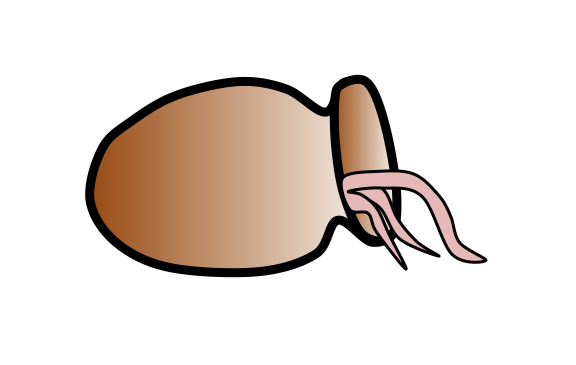| Protocol |
|
| Report |
|
| Key Points |
|

Japanese octopus trap
after which this disease is named
| References |
|